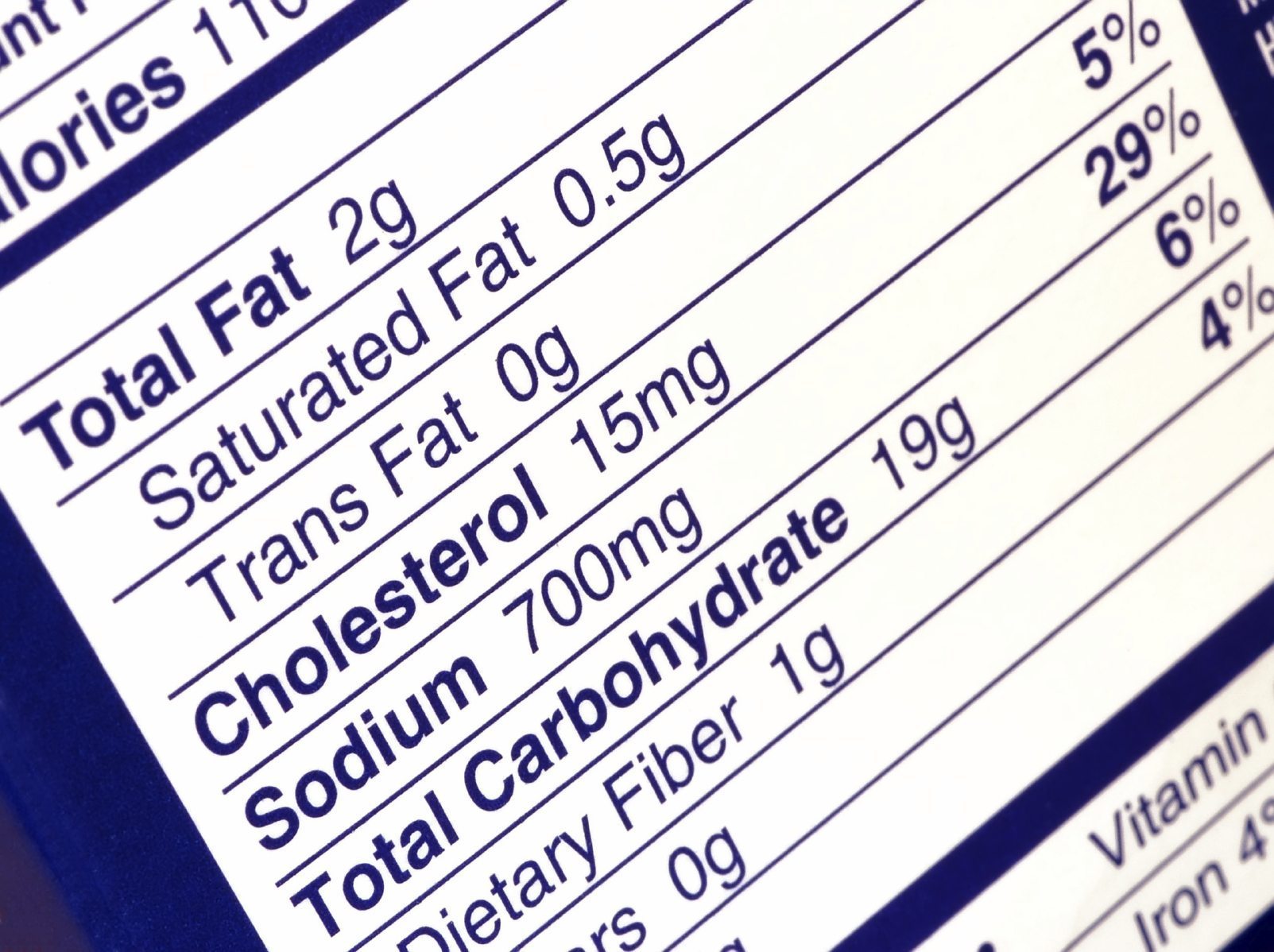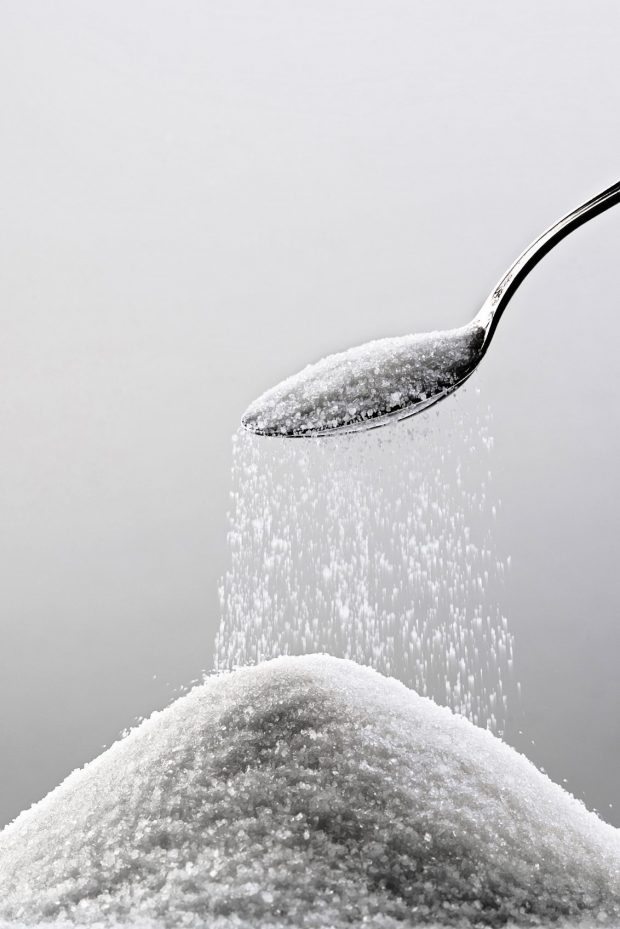Just a month ago, the FDA announced that it would start and official crack down on trans fats in food. Now, the Food and Drug Administration is making another move towards a healthier society. A few weeks ago, the government branch announced its proposal to add the percent daily value of added sugar to all of its Nutrition Facts labels. This would show the percentage of add sugar a person is allowed to consume daily, and how each food measures up. With saturated fats and sodium already garnering that percentage next to their names, it was finally time for sugar intake to be put in perspective for the American public.
Almost immediately, the FDA received backlash from food and beverage manufacturers who state that there is no scientific evidence to suggest that added sugars should have a dietary limit. This added percentage would only confuse the consumer, rather than educate. Yet, when 1 out of 3 people will develop Type 2 Diabetes in their lifetime, it is already proven that a diet involving copious amounts of sugar is not a good one.

Along with the percent daily value addition, the FDA is also proposing an amendment to the footnote found at the bottom of the nutrition label. This footnote would be changed to include an explanation of percent daily value to consumers, helping them make more educated food choices. That’s exactly the last thing large manufacturing companies want.
It comes as no surprise that adding this percentage would reduce sales of more sugary products. As much as high numbers next to the sugar content can be dissuading, having a percentage next to it will put that amount in perspective. It is being projected by the FDA that the percent daily value of sugar for adults and children four years old and above is 50 grams. Children one year of age through three have 25 grams allotted to them. That comes as a huge blow to soda companies, who on average dole out 66 grams of sugar for one 20oz bottle. Just one soda has already exceeded the percent daily value. Yet, that’s not a set of numbers the general public would be aware of without the percentages listed.

As the Journal of the Academy of Nutrition and Dietetics has already proven, many people are interpreting nutrition labels incorrectly. The study reported that most subjects thought that “added sugars” were in addition to the sugar content already listed. With the addition of percentages, it allows the consumer to understand to the fullest extend how much sugar they’re about to consume.
While food manufacturers are calling for rigorous scientific evidence to back up the FDA’s numbers, they’re also panicking. There is now increasing pressure on them to look for alternatives to sugar, as well as search for ways to cut down on added sugar. While this ruling won’t be enacted just yet, and more hurdles have to be jumped, I think it is safe to say that the FDA is finally moving in the proper direction in helping the population understand what should really be on their plate.
For more Work & World features, check out our articles here.
What do you think of the FDA’s proposal?

[…] FDA has officially banned trans fats from foods. They’ve also proposed an idea that puts the Percent Daily Value (%DV) of sugar on nutrition labels. So what’s next for them? A temporary, non-surgical balloon, placed in the stomach to help […]